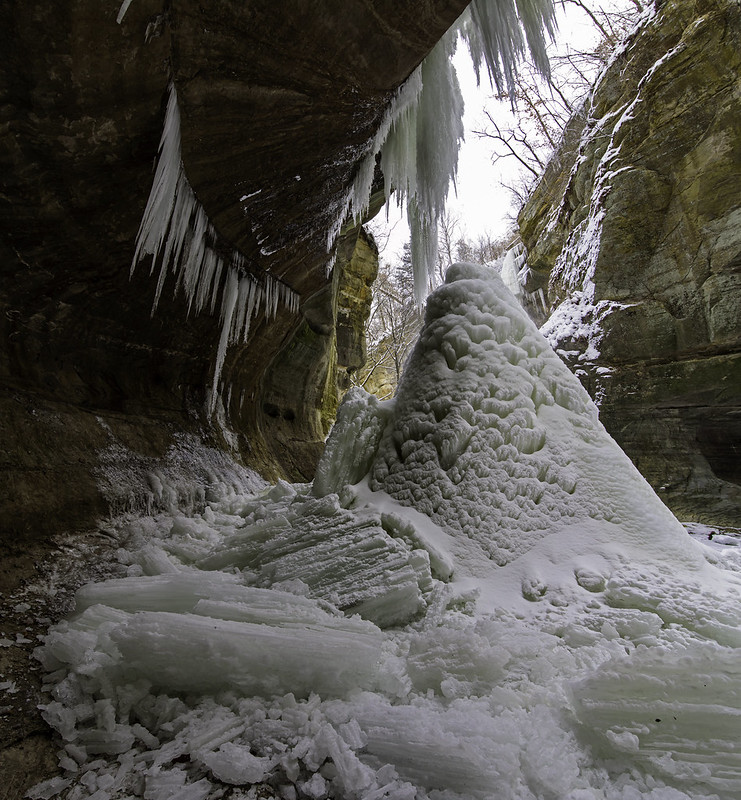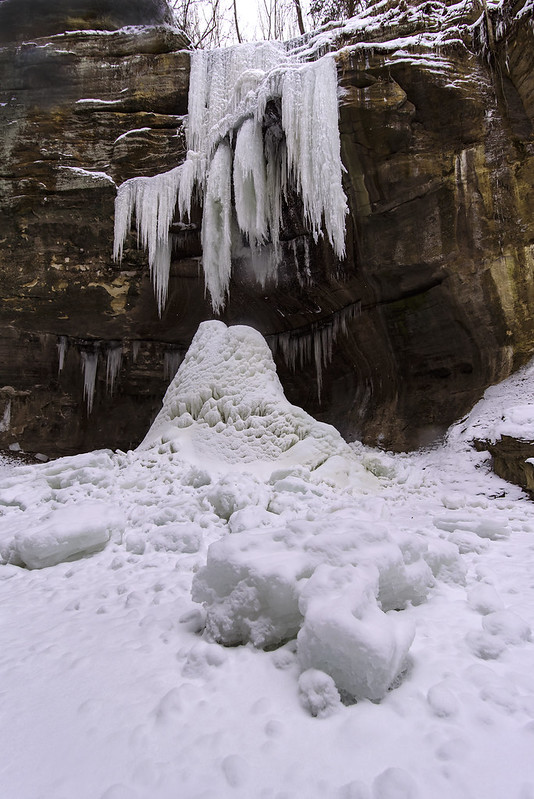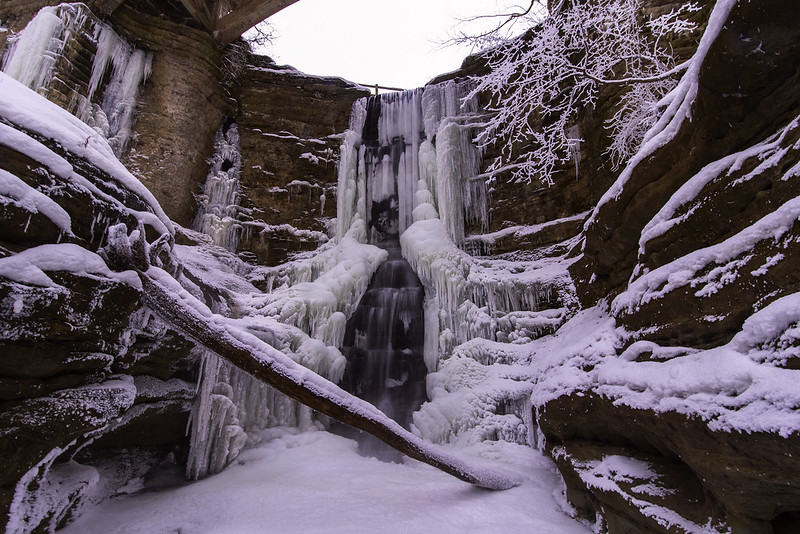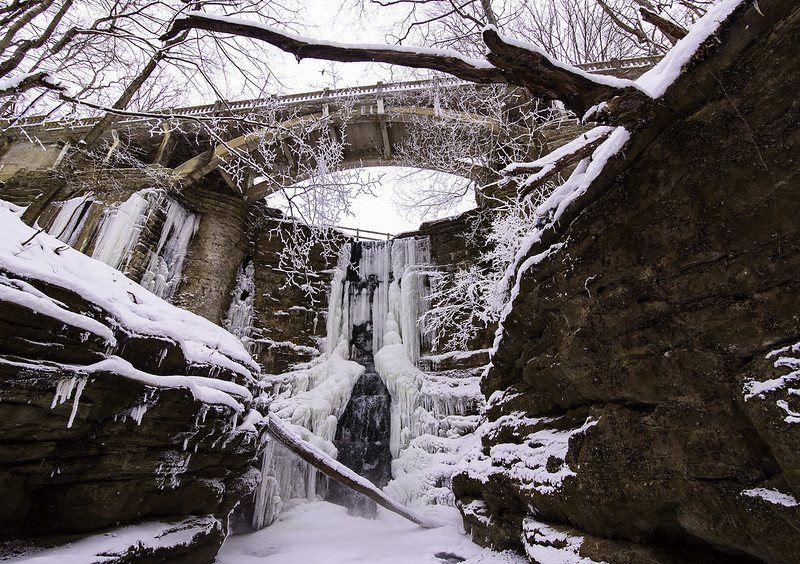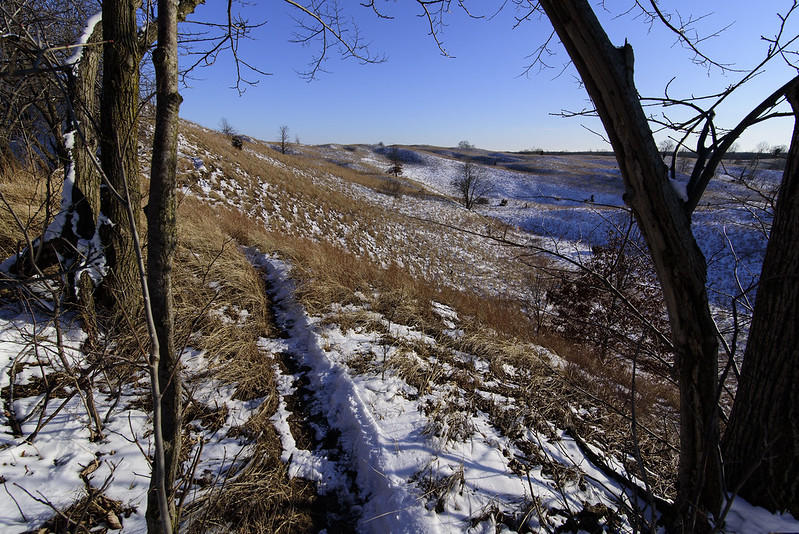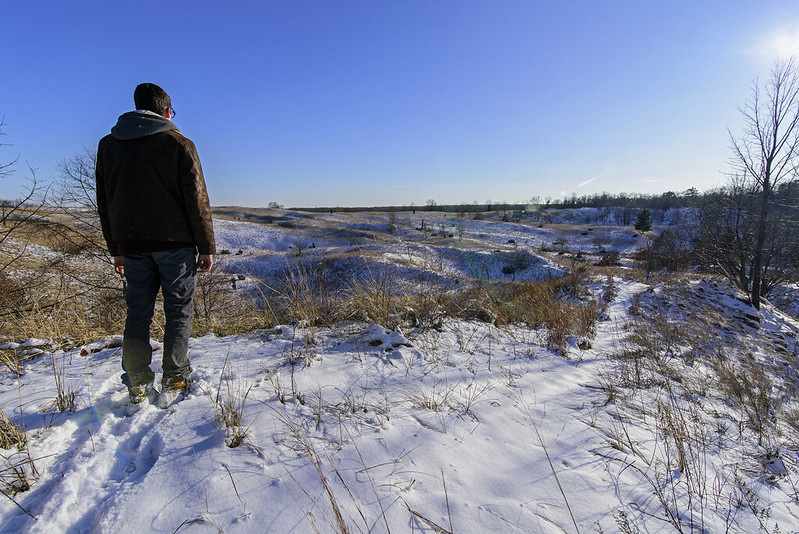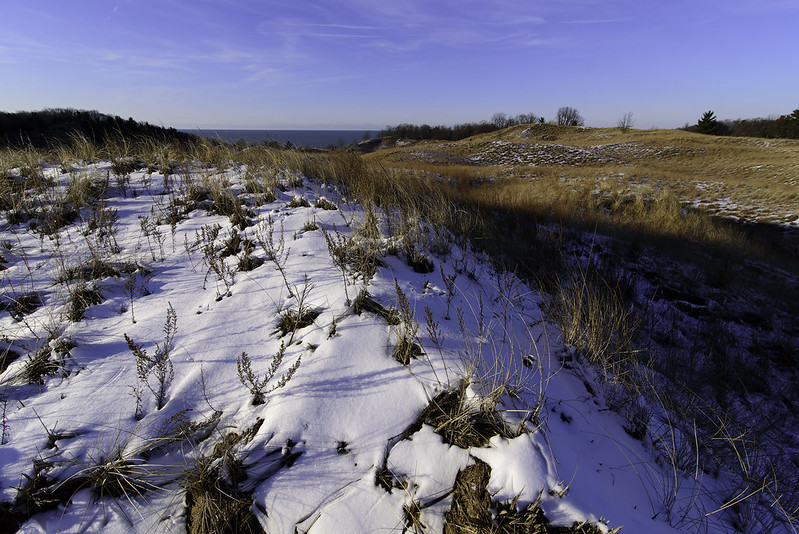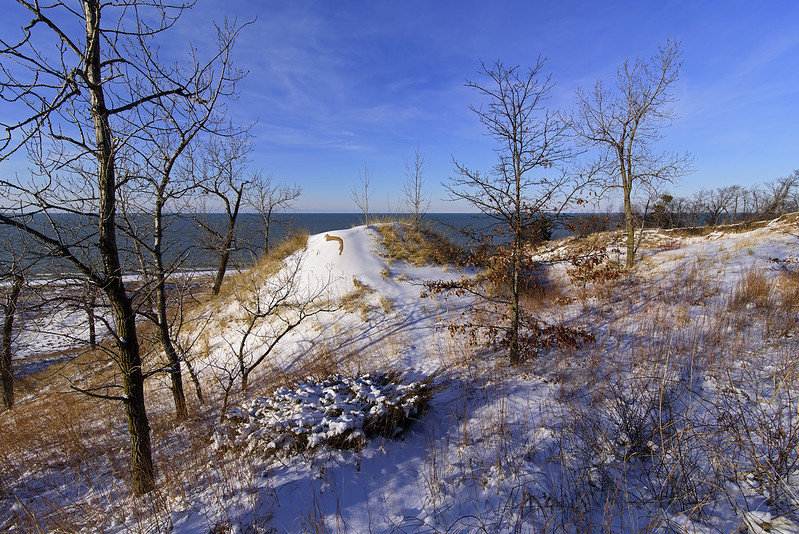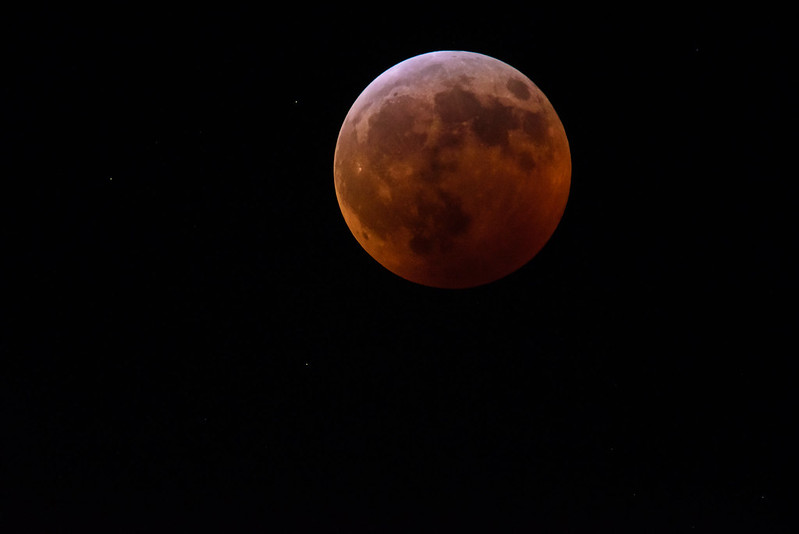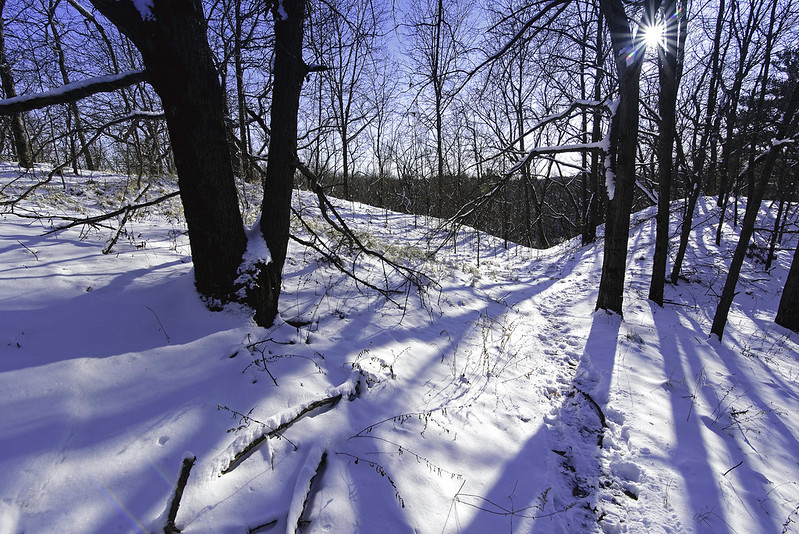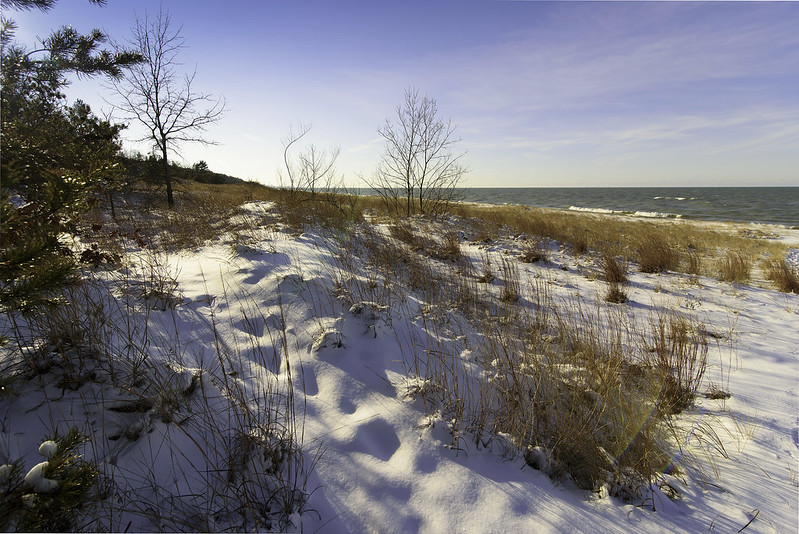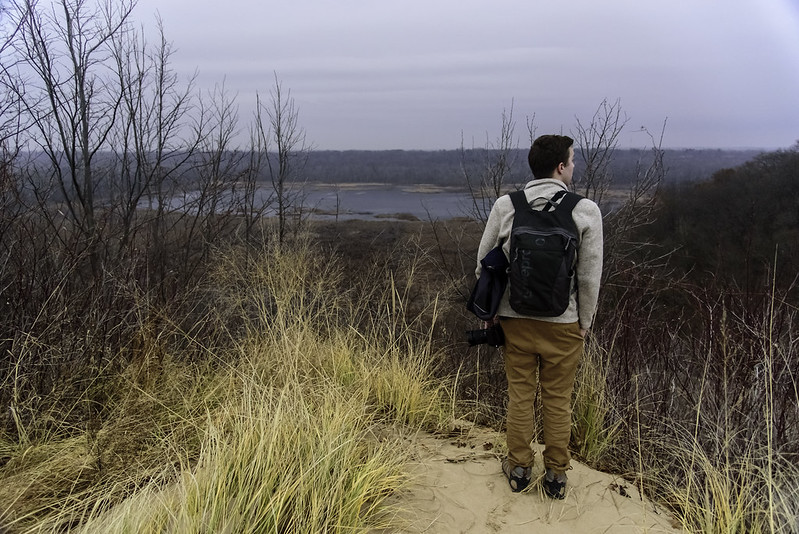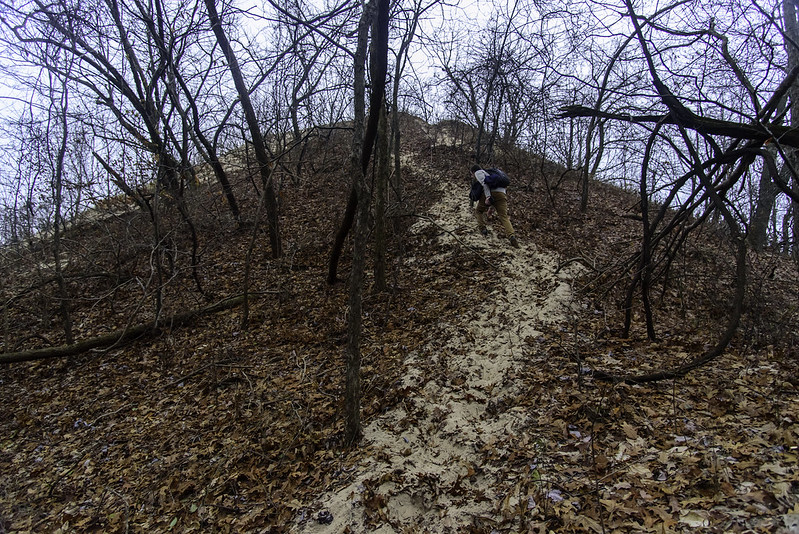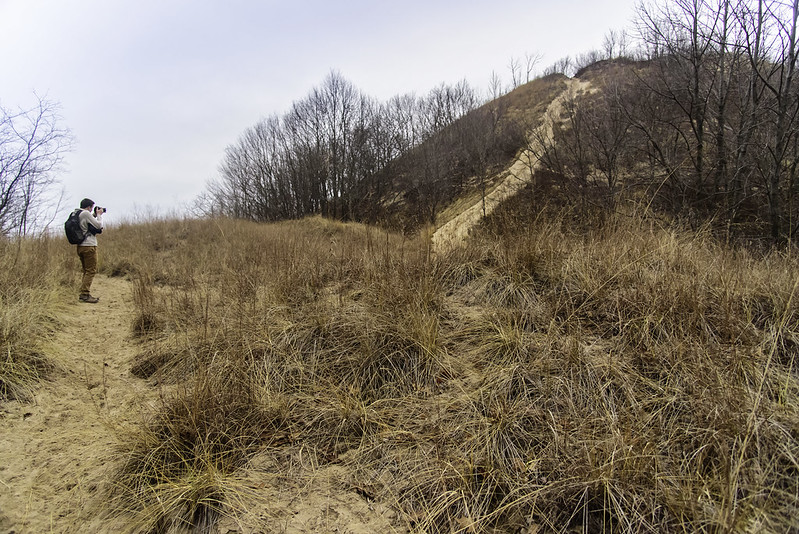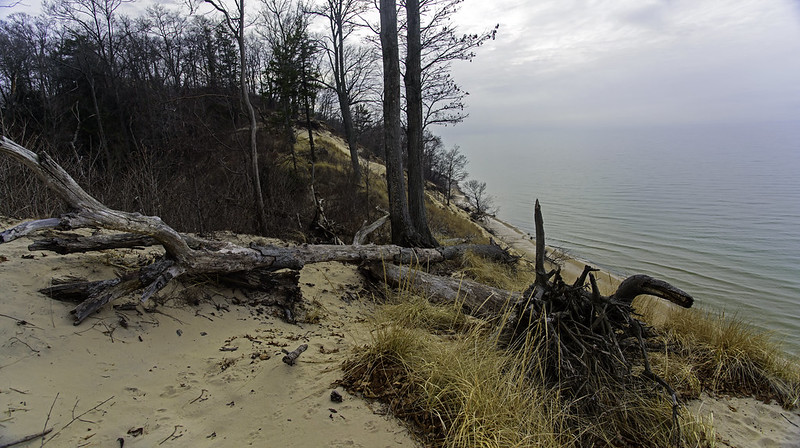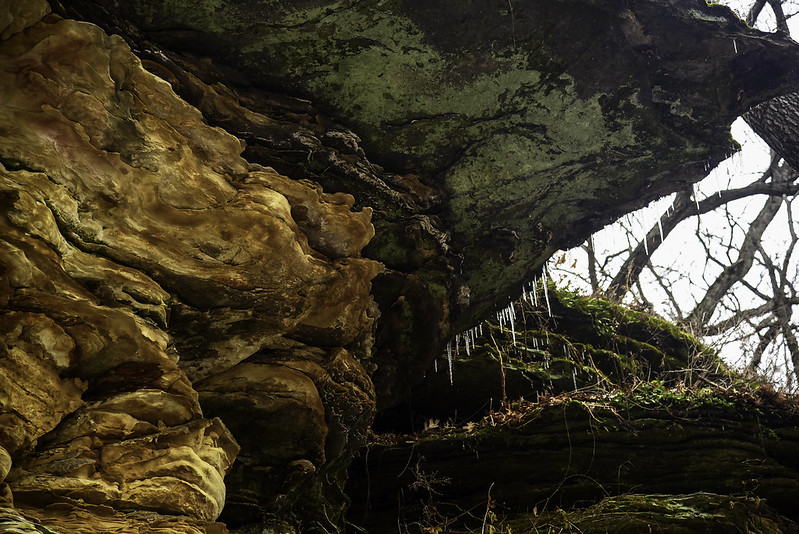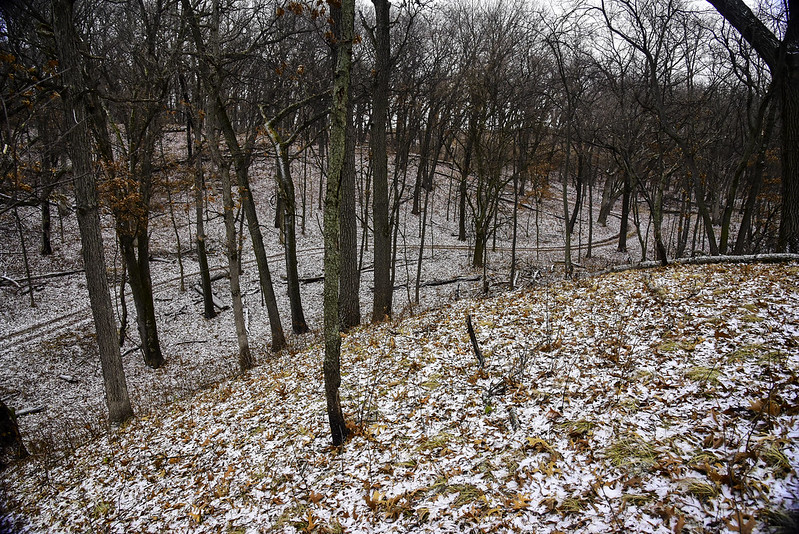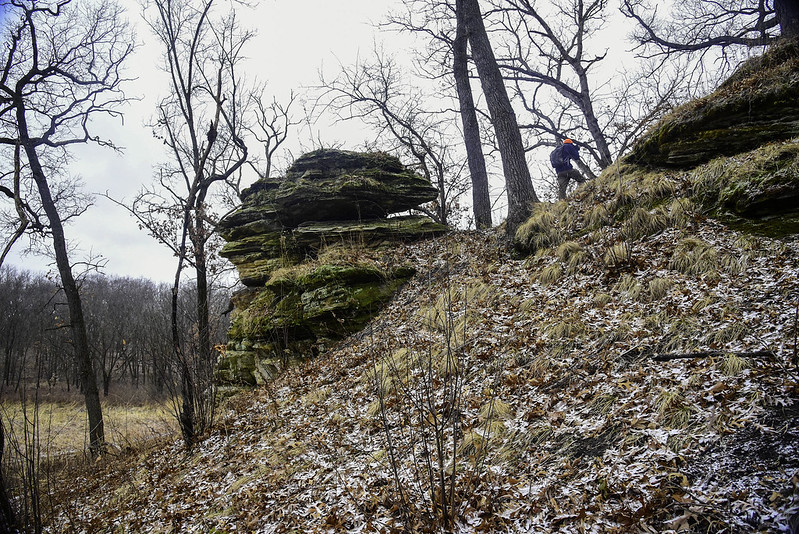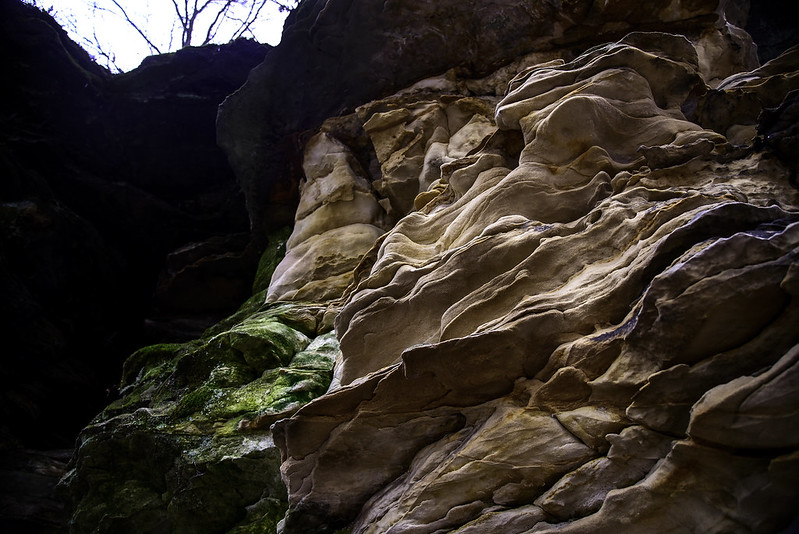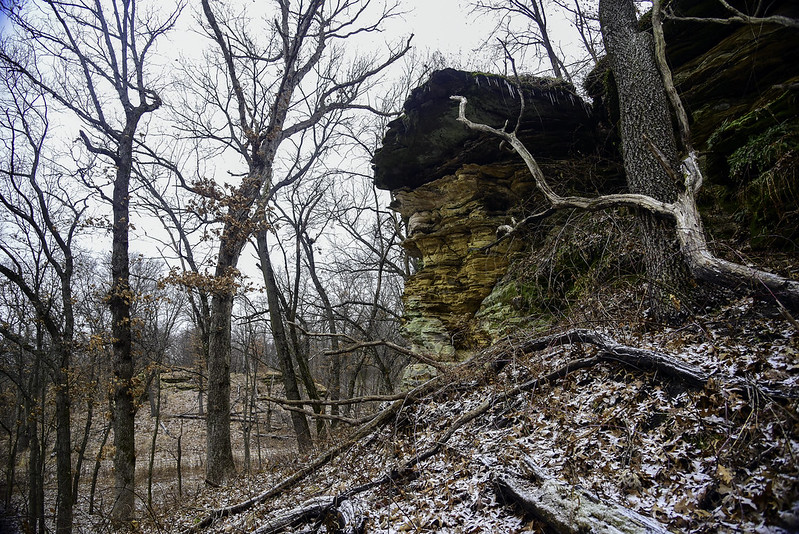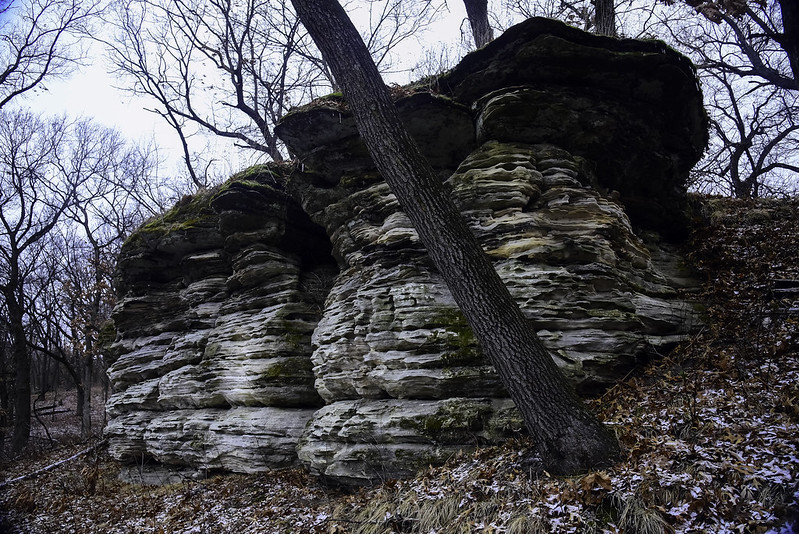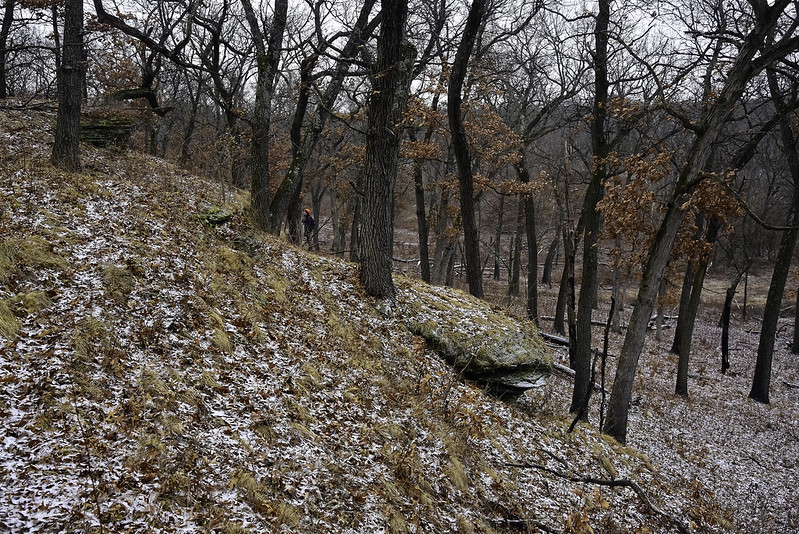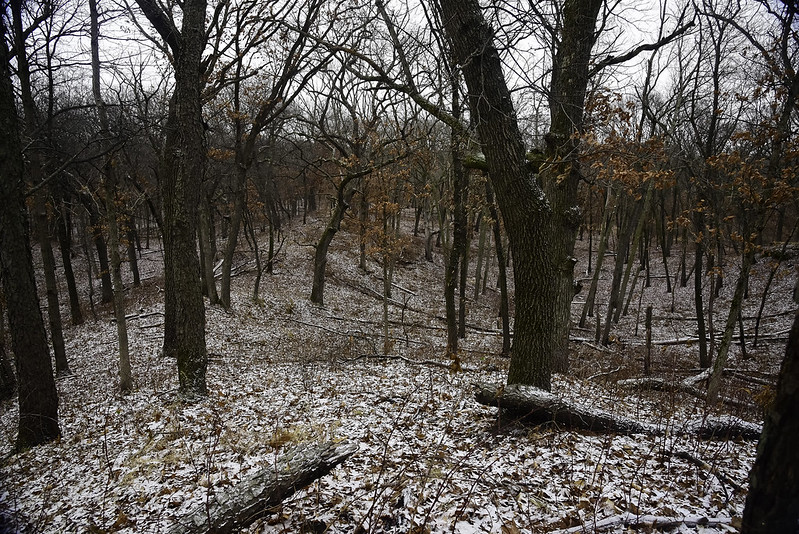
While hiking the upper dells of Matthiessen State Park, an area called Cedar Point marks a sharp turn in the canyon floor. Hidden from view are two waterfalls relatively close to each other, that many people overlook. If you're willing to cross the creek, you will easily discover these waterfalls, but so many hikers don't bother.
In winter, these slow waterfalls create ice falls that are always impressive. The ice is generally such that the backside of both waterfalls is accessible, creating ice caves between the ice and the stone overhang.

With a bit of climbing on the slippery canyon floor, you can get into the ice cave and see an unusual environment. The soft light illuminates the interior of the cave, and also shines through the translucent ice.
Once inside you can see exactly how the water flows over the canyon walls. Frozen, the water seems as though it flows with a turbulence at high speed, but in fact, in merely trickles down and builds up over time.

If you feel like exploring these ice falls, remember to dress warm, wear ice cleats to prevent falling, and prepare to get wet. These ice falls are still flowing with water - sometimes on the inside of the ice, sometimes over the outside, but either way, you'll get wet or soaked. The floor of the ice cave is usually soft ice with water three or four inches deep.
If you get wet, you have a long, cold walk to the parking lot.
